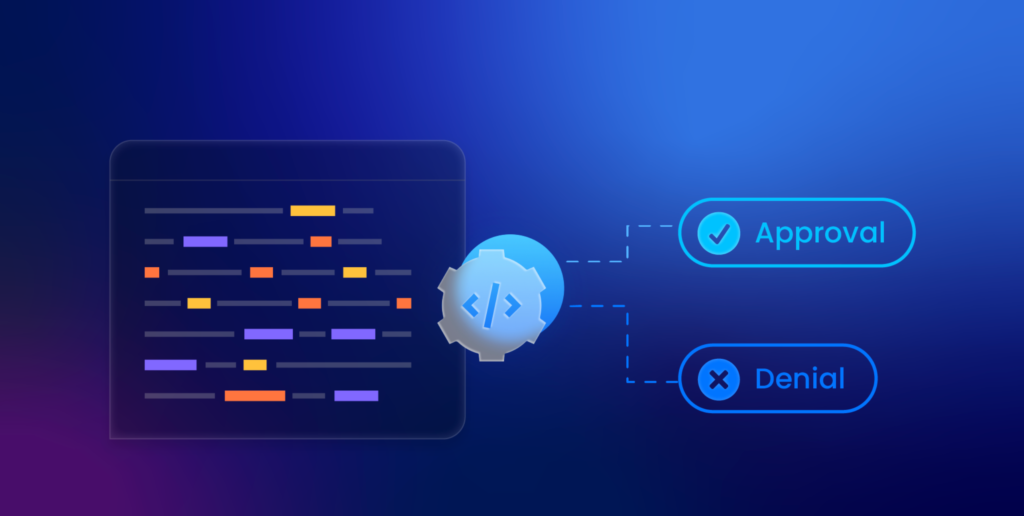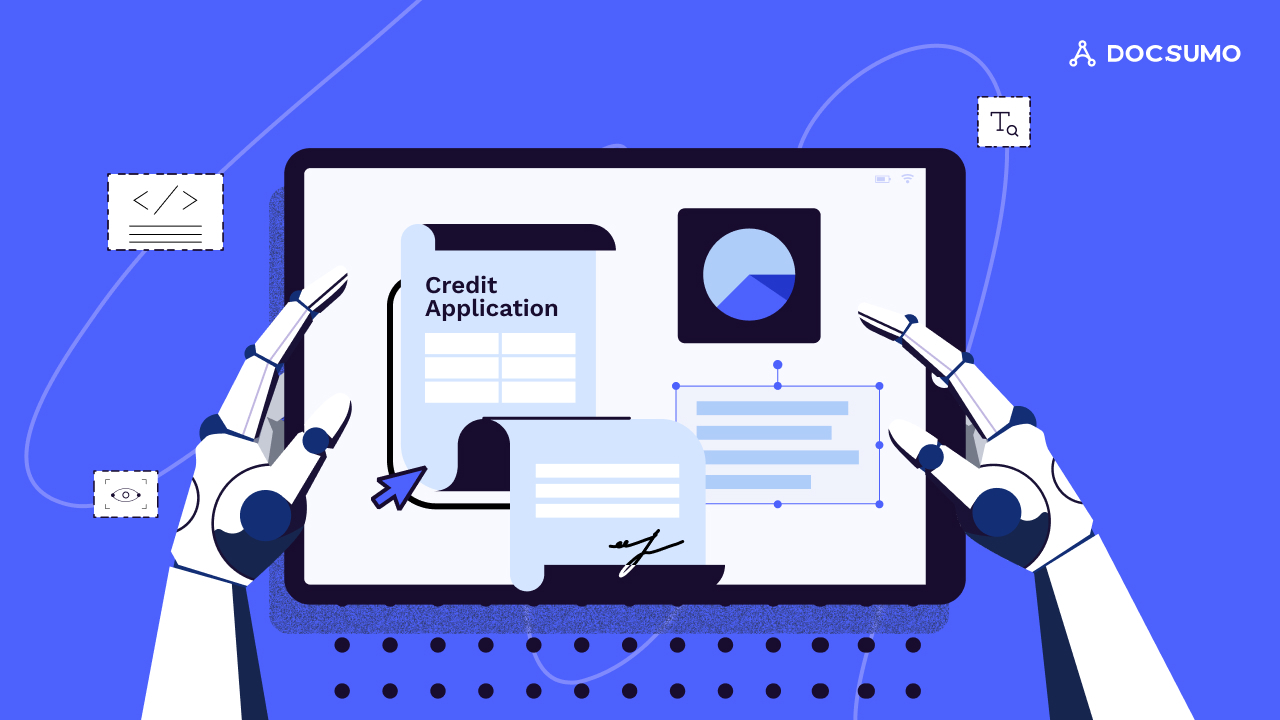Introduction
The loan approval process is a crucial step in securing financial assistance for various needs, whether personal, business, or mortgage-related. Understanding how this process works can help individuals and businesses navigate it effectively and increase their chances of approval.

Understanding the Loan Approval Process
1. Application Submission
The process begins with the submission of a loan application to a lender. This application typically includes personal or business information, financial details, and supporting documents such as income statements, tax returns, and bank statements.
2. Initial Review
Once the application is submitted, the lender conducts an initial review to assess the borrower’s eligibility and creditworthiness. This may involve checking credit scores, verifying income, and evaluating debt-to-income ratios to determine the borrower’s ability to repay the loan.
3. Underwriting
During the underwriting process, the lender conducts a comprehensive evaluation of the borrower’s financial situation and the risk associated with extending the loan. This involves verifying information provided in the application, assessing the collateral (if any), and analyzing factors such as employment history and credit history.
4. Decision Making
Based on the information gathered during the underwriting process, the lender makes a decision regarding the approval or denial of the loan. Factors such as credit score, income stability, debt obligations, and collateral value play a significant role in this decision-making process.
5. Conditional Approval
If the loan application meets the lender’s criteria, the borrower may receive a conditional approval, subject to certain conditions or requirements. These conditions may include providing additional documentation, securing insurance, or meeting specific financial benchmarks.
6. Final Approval
Once all conditions are met, the loan moves to final approval, where the lender reviews the updated information and ensures that all necessary steps have been completed. If everything checks out, the lender issues a final approval, and the loan proceeds to the closing stage.
7. Loan Closing
During the closing stage, the borrower and lender finalize the loan agreement and associated paperwork. This may involve signing legal documents, paying closing costs, and establishing a repayment schedule. Once the closing process is complete, the loan funds are disbursed to the borrower.
Tips for a Successful Loan Approval
- Maintain a good credit score by paying bills on time and managing debt responsibly.
- Provide accurate and complete information on the loan application to expedite the approval process.
- Be prepared to provide additional documentation or explanations to address any concerns raised during the underwriting process.
- Work with a reputable lender who offers competitive rates and terms tailored to your financial situation.
- Communicate openly with the lender and seek clarification on any aspects of the loan process or requirements.
Conclusion
The loan approval process involves several steps, from application submission to final approval and loan closing. By understanding how this process works and following best practices, borrowers can increase their chances of securing the funding they need and achieving their financial goals.
FAQs
- How long does the loan approval process typically take?
- What factors do lenders consider when reviewing loan applications?
- Can I improve my chances of loan approval if I have a low credit score?
- Is it possible to get pre-approved for a loan?
- What should I do if my loan application is denied?

